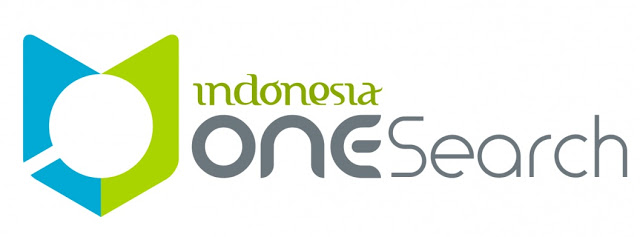Pemanfaatan Situs Megalitikum (Sarkofagus) Sebagai Sumber Pembelajaran Sejarah Tingkat SMA Di Desa Tipang
DOI:
https://doi.org/10.31004/innovative.v1i2.3059Abstract
 This study aims to explain the existence of a sarcophagus in Baktiraja sub-district, Humbanghasundutan district which can also be used as a source of history learning for students. In this case the teacher is positioned as the only and the main source of information, students are left behind as objects of sufferers while the teacher as all sources and managers of information only teaches by the lecture method. Occasionally also provide conventional question and answer methods to students but do not provide questions that can increase students' interest in learning. So that history learning is not only boring, but also only becomes a vehicle for developing low-level thinking and does not provide opportunities for students to solve their own problems. There are several ways that teachers can do, namely by bringing students directly to visit the sarcophagus (tour work) or by using powerpoint by presenting pictures of the sarcophagus in powerpoint slides. This study uses the historical method using a qualitative approach. This method is a systematic reconstruction of the past and objects by collecting data and processing the data in stages; (a) Heuristics (Source Collection), b. Verification which consists of external and internal criticism, (c) Interpretation, (d) historiographyDownloads
Download data is not yet available.
Downloads
Published
2021-12-08
How to Cite
Padang, B., Yuliantoro, Y., & Fiqri, A. (2021). Pemanfaatan Situs Megalitikum (Sarkofagus) Sebagai Sumber Pembelajaran Sejarah Tingkat SMA Di Desa Tipang. Innovative: Journal Of Social Science Research, 1(2), 475–479. https://doi.org/10.31004/innovative.v1i2.3059
Issue
Section
Articles
License
Copyright (c) 2021 Bonita Padang, Yuliantoro, Asyrul Fiqri

This work is licensed under a Creative Commons Attribution-ShareAlike 4.0 International License.
Authors retain copyright and grant the journal right of first publication with the work simultaneously licensed under a Creative Commons Attribution-ShareAlike 4.0 International License that allows others to share the work with an acknowledgement of the works authorship and initial publication in this journal. Authors are able to enter into separate, additional contractual arrangements for the non-exclusive distribution of the journals published version of the work (e.g., post it to an institutional repository or publish it in a book), with an acknowledgement of its initial publication in this journal. Authors are permitted and encouraged to post their work online (e.g., in institutional repositories or on their website) prior to and during the submission process, as it can lead to productive exchanges, as well as earlier and greater citation of published work (See The Effect of Open Access).













